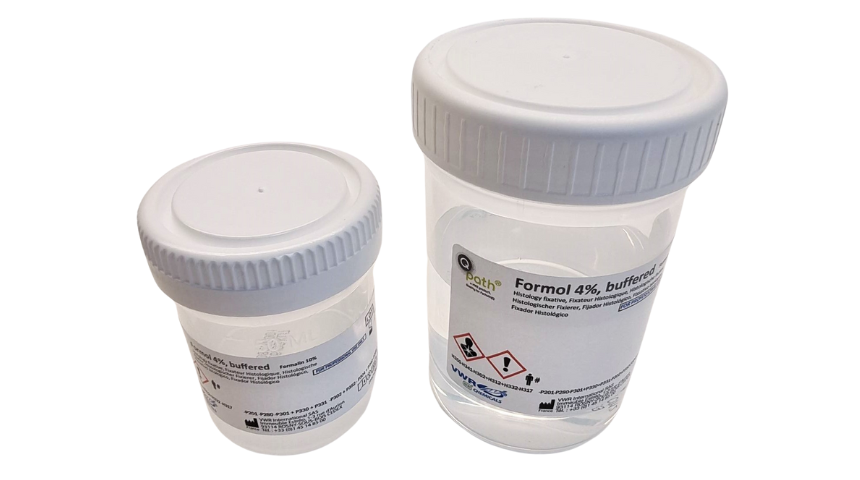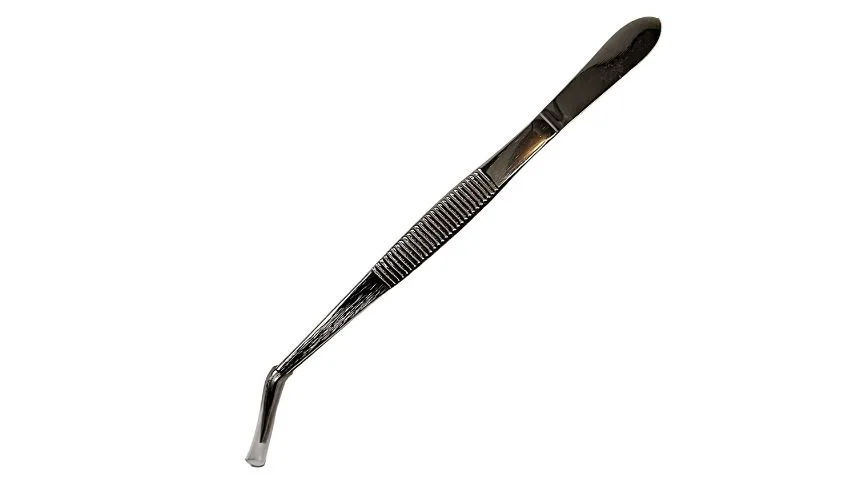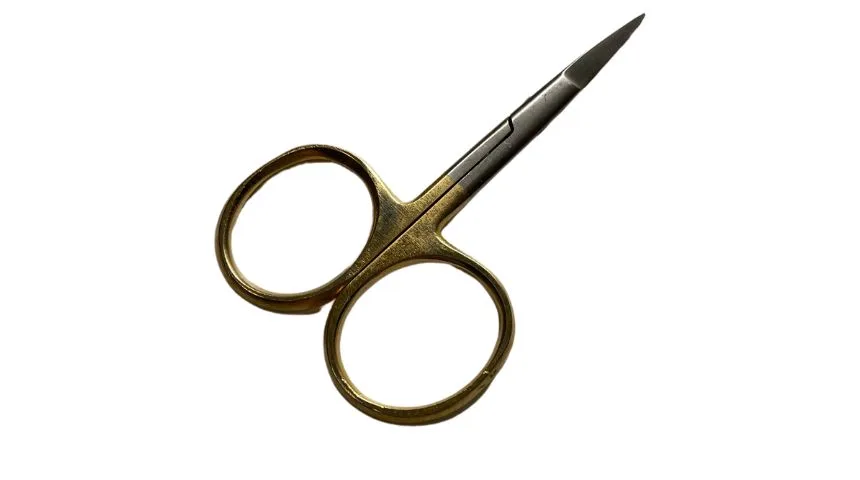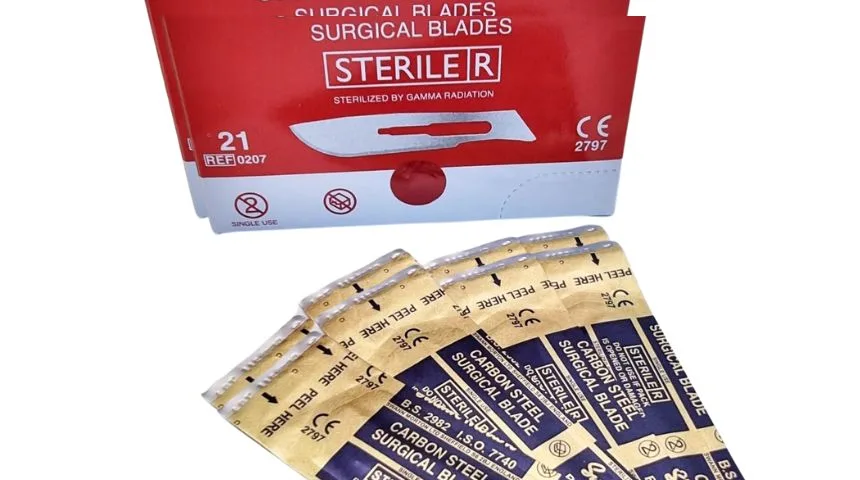Kontakt oss på
Contact us for more information about preventive measures and diagnostics leading to improved fish health and fish welfare: Info@patogen.no
Related videos
How to carry out tissue extraction for histology
In this video you will learn how to perform tissue sampling for histology. Histopathological examination of the full organ package including (1. Gill, 2.
Liver, 3. Pyloric caecae & pancreas, 4. Spleen, 5. Kidney, 6. Heart, 7. Skin and muscle) is the gold standard for assessing disease changes caused by
infectious and non-infectious causes. The order is not random and tissues must be fixed within 5 minutes after the fish is humanely euthanized. Using
anesthetics will not influence histopathological examinations, and can be used.
Step by step
- Cut off the second gill arch on the left side. Take care and do not touch the filaments with tweezers as they can harm the tissue
- Take out a small piece of kidney. Be careful to not squeeze sample with tweezers
- Take out a small piece of pyloric caecae (4-6 pieces)
- Take out a small part of the spleen. Be careful to not squeeze sample with tweezers
- Remove a small portion of the kidney just below the dorsal fin. Sample head and middle kidney
- Remove the heart by grasping the bulbus arteriosus. Gently cut off the atrium and make a small incision in the ventricle before fixation
- Sample a piece of skin/muscle over the lateral line organ to include skin, red and white skeletal muscle
- Lid on
- Beware of formalin, which is hazardous, and follow recommended health and security measures to avoid contact with hands, face and body parts.
Products used in the video

Pot with formalin

Sterile tweezer

Sterile scissors

Sterile scalpel blade
Copyright © 2023 PatoGen AS

